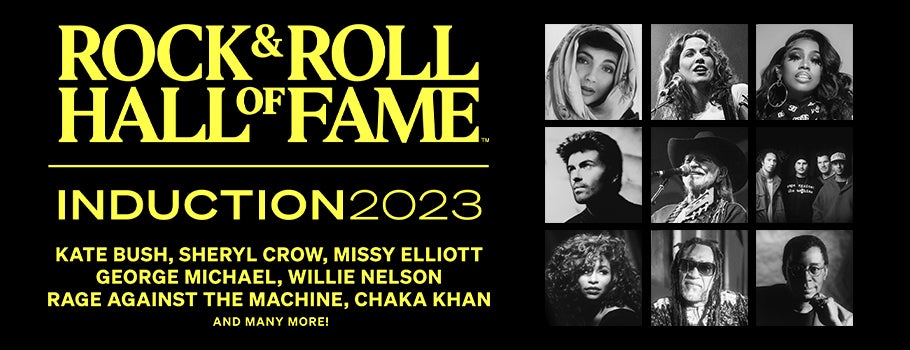Requirements For The Rock And Roll Hall Of Fame

The Rock and Roll Hall of Fame eligibility criteria remain a critical point of discussion among musicians and fans alike. Understanding these guidelines is crucial for comprehending who gets enshrined and why.
For artists to be considered, 25 years must have passed since the release of their first commercial recording. This is the core principle governing eligibility.
Key Eligibility Requirements
The fundamental rule revolves around the 25-year milestone. This waiting period serves as a benchmark for assessing an artist's long-term impact and influence.
Beyond the time requirement, nominees must have demonstrably influenced the evolution of rock and roll. This influence can be seen in their music's innovation, style, and impact on subsequent artists.
Influence and Impact
The Hall of Fame considers a range of factors when evaluating an artist's influence. These factors include originality, depth of work, and lasting legacy.
An artist's body of work is meticulously reviewed, looking at the overall quality, innovation, and consistency. Longevity and sustained relevance contribute significantly to the assessment.
Consideration is given to artists who have pioneered new sounds, styles, or approaches to music. Innovation is a key component in determining eligibility.
The Nomination and Voting Process
Nominations are submitted by a nominating committee, comprised of music historians and industry experts. This committee selects a ballot of nominees each year.
Over 1,000 artists, historians, and members of the music industry vote on the nominees. These voters determine who will be inducted into the Hall of Fame.
The artists who receive the highest number of votes, meeting a certain threshold, are inducted. The number of inductees varies each year.
Categories of Inductees
The Rock and Roll Hall of Fame recognizes contributions beyond performing artists. Several categories exist to honor various roles in the music industry.
The categories include Performers, Non-Performers, Early Influences, and the Ahmet Ertegun Award. Each category celebrates different facets of rock and roll's history.
Non-Performers include songwriters, producers, and other industry professionals who have significantly impacted rock music. Their contributions are vital to the genre's development.
The Early Influences category recognizes artists whose music predates rock and roll but directly inspired its creation. These artists laid the groundwork for the genre's emergence.
The Ahmet Ertegun Award, named after the legendary Atlantic Records founder, honors individuals who have made significant contributions behind the scenes. This award acknowledges the business and creative forces that shaped rock.
Controversies and Criticisms
The selection process and criteria are often subject to debate and criticism. Some argue that the Hall of Fame is too focused on mainstream artists.
Others believe that certain genres or subgenres are unfairly excluded. These criticisms highlight the subjective nature of defining rock and roll.
The absence of certain influential artists from the Hall of Fame sparks ongoing discussion. This fuels the debate over the institution's inclusivity and definition of rock.
Looking Ahead
The Rock and Roll Hall of Fame continues to evolve its criteria and selection process. Discussions about inclusivity and relevance are ongoing.
Future inductions will undoubtedly reflect the changing landscape of music. Adaptability is essential for the Hall of Fame to remain relevant.
The 2025 nominees will be announced later this year, setting the stage for another round of debate and celebration. Fans and artists await the unveiling of the next potential inductees.


















